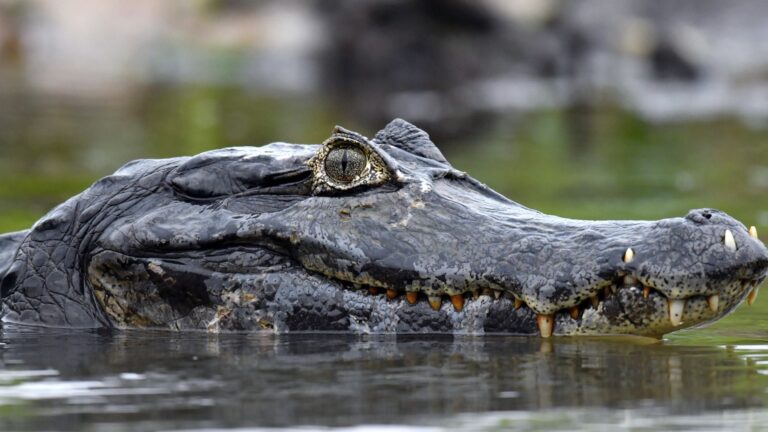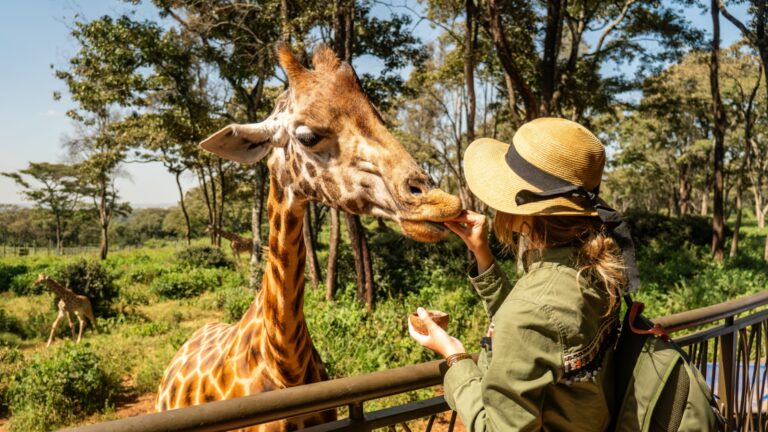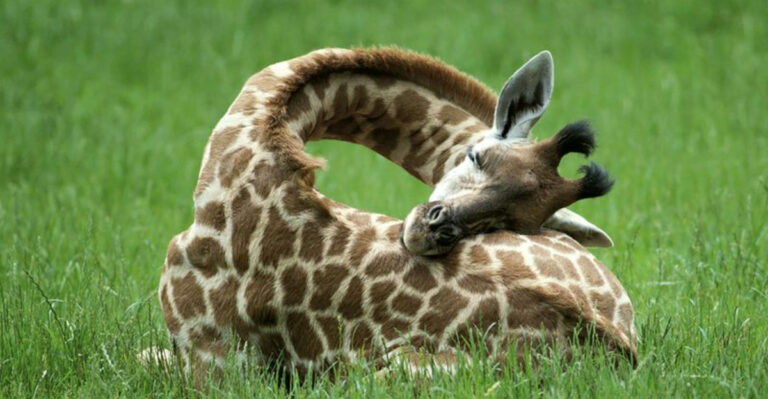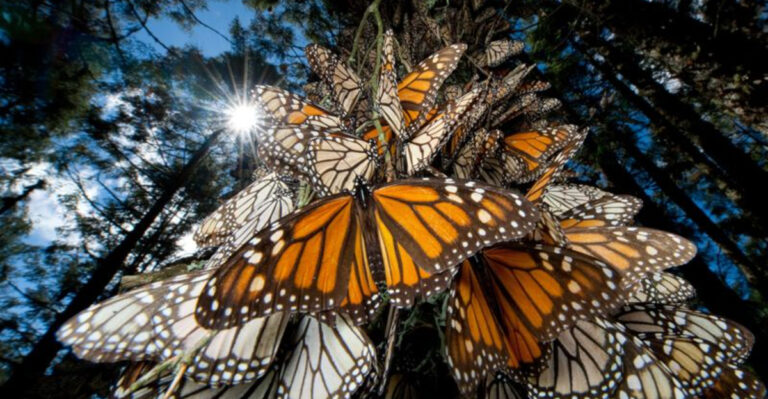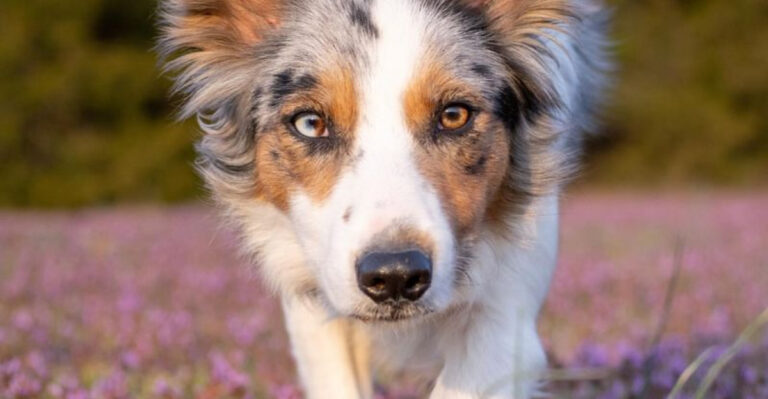How Big Cats Adjust Their Diets In Response To Habitat Changes

When wilderness homes transform, the mighty hunters of the cat family must adapt or face starvation. From lions to snow leopards, these incredible predators show remarkable flexibility in their hunting strategies and food choices when their environments change.
Their ability to switch prey preferences isn’t just fascinating – it’s critical for their survival in our rapidly changing world.
1. Prey Switching Champions
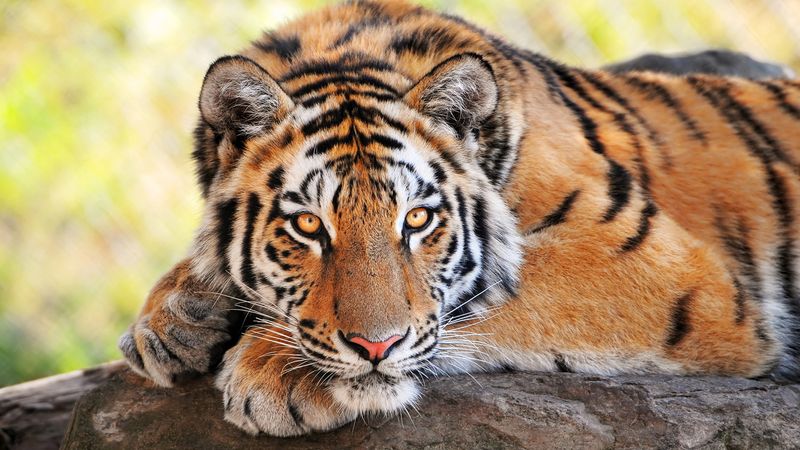
Tigers normally hunt deer and wild pigs, but when these animals become scarce, they quickly pivot to whatever’s available. In areas near human settlements, they might target livestock or even smaller creatures like monkeys and porcupines.
This flexibility helps them survive when their preferred menu items disappear due to habitat loss.
2. Urban Leopards Get Creative
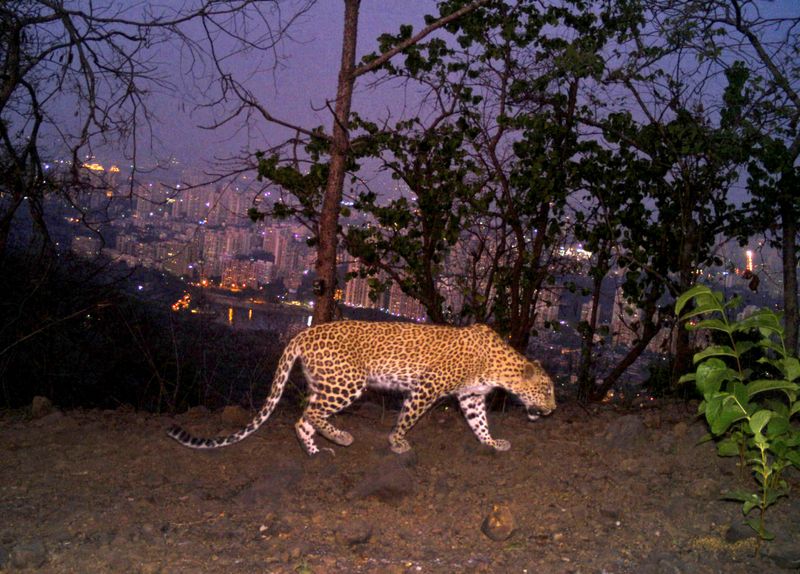
Spotted opportunists in Mumbai and Johannesburg have mastered city living by changing their dining habits. Instead of forest antelopes, these adaptable cats hunt stray dogs, rats, and even scavenge from garbage dumps.
Their remarkable shift from wilderness hunter to urban survivor shows how flexible big cat diets can be.
3. Seasonal Menu Changes
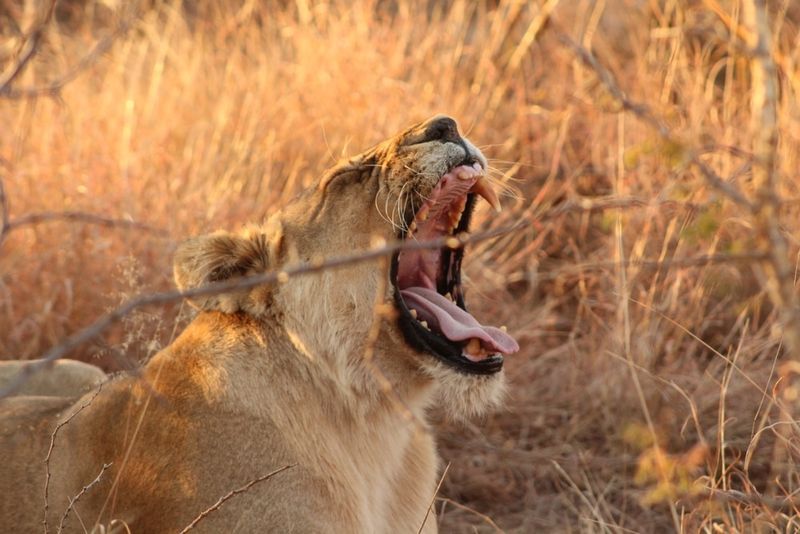
Ever notice how your food preferences change with the seasons? Lions do this too! During dry periods when gazelles migrate away, pride members will target buffalo or even hippos – much larger and more dangerous prey.
When rains return and smaller prey becomes abundant again, they switch back to easier targets.
4. Fishing Felines

Surprise! Some jaguars living in flooded forests become expert fishermen when land mammals are harder to find. With lightning-fast paw strikes, these cats scoop fish from shallow waters.
This unusual behavior helps them thrive in seasonally flooded habitats where traditional hunting grounds disappear underwater for months.
5. Mountain Lion Menu Makeovers
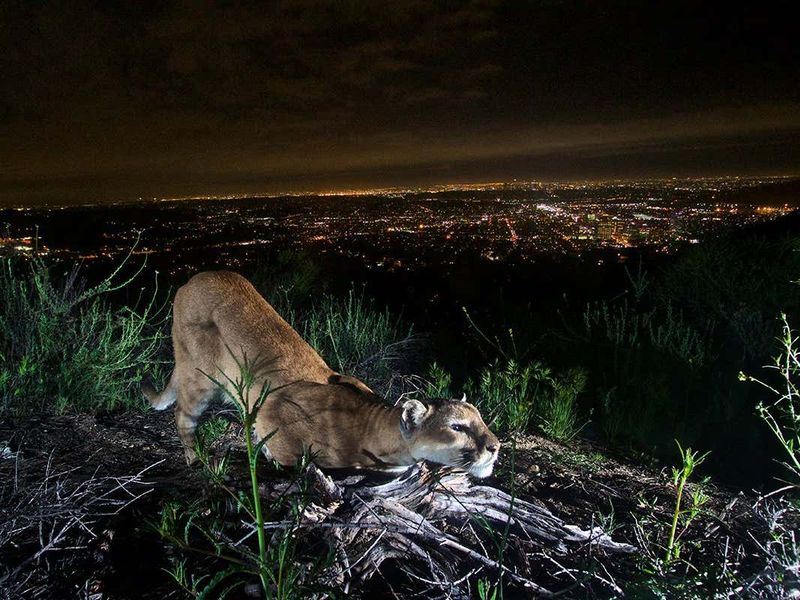
When wildfires tear through Western forests, mountain lions quickly adjust their shopping list. After fires destroy deer habitat, these cats travel farther and target smaller prey like raccoons and rabbits.
Some even venture closer to human areas, leading to surprising encounters with pets and livestock.
6. Desert Survival Specialists

Sand cats in expanding deserts don’t need to drink water – they get moisture entirely from their prey! As desertification spreads, these tiny wildcats focus on capturing reptiles that store water in their bodies.
Their specialized hunting skills let them thrive in places too harsh for other cats.
7. Deforestation Diet Shifts
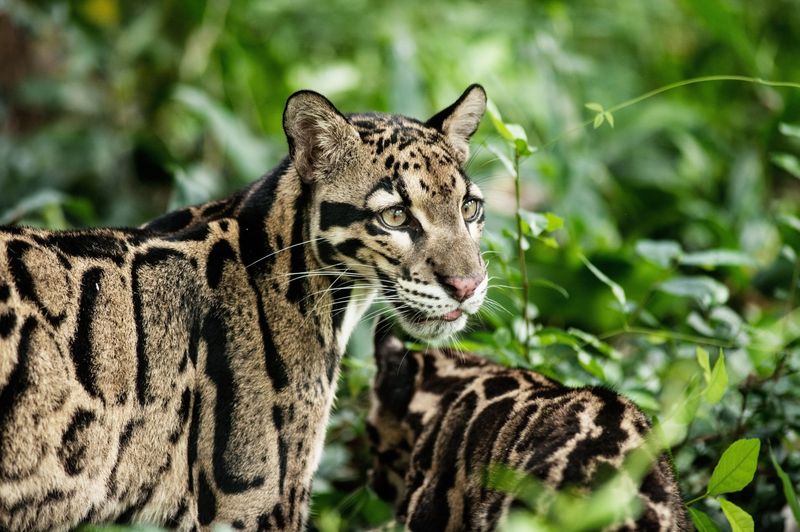
When chainsaws and bulldozers transform forests into farmland, clouded leopards face a tough choice: adapt or disappear. These medium-sized cats shift from hunting monkeys in treetops to raiding farms for chickens and small livestock.
This dietary flexibility comes at a cost – increased conflict with humans.
8. Cold Weather Calories
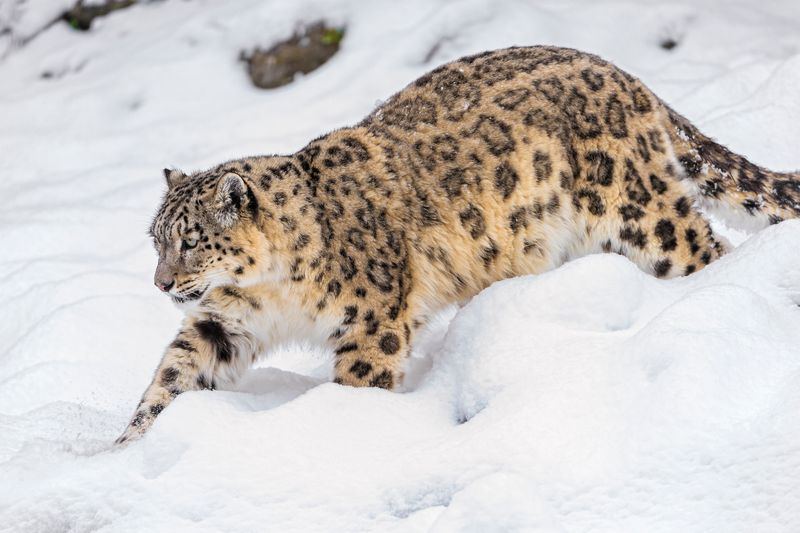
Snow leopards need extra calories during brutal mountain winters but their usual prey – wild sheep and goats – often migrate to lower elevations. Resourceful cats follow these herds downhill, sometimes entering valleys they’d normally avoid.
Climate change is pushing these interactions into new territories, creating unexpected conflicts.
9. Drought-Time Dining
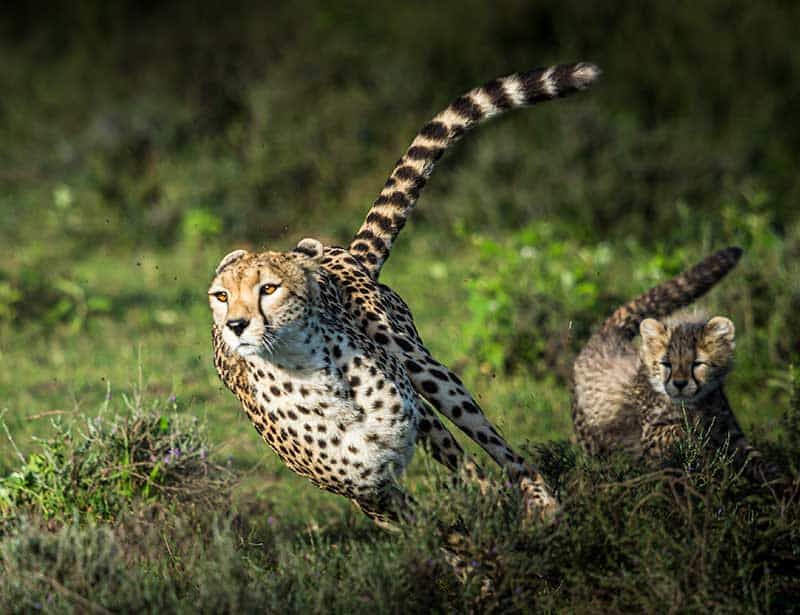
Extended dry spells force cheetahs to completely rethink their hunting strategy. Instead of chasing gazelles across open plains, drought-affected cheetahs target smaller prey like hares that require less water to survive.
They’ll also hunt closer to dwindling water sources where animals gather, despite increased competition.
10. Scavenging Specialists

When hunting proves challenging, some lions shift to scavenging full-time. In regions affected by human activity, these resourceful cats often follow vultures to locate carcasses or steal from other predators.
Though not their first choice, this adaptability helps them survive in altered environments.
11. Wetland Wipeout Responses
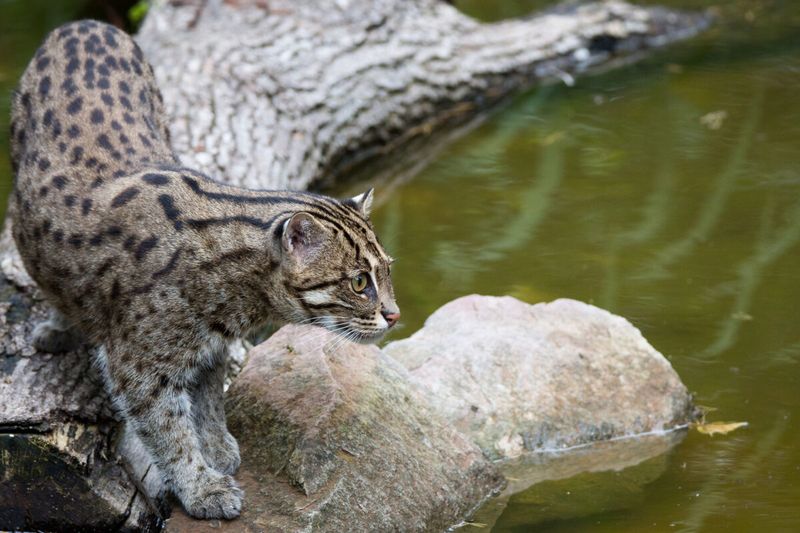
Fishing cats face crisis when wetlands are drained for development. These specialized hunters – who normally dive for fish – pivot to hunting rodents in rice fields and even eating discarded fish scraps from markets.
Their ability to adjust from pristine swamps to agricultural landscapes shows remarkable behavioral plasticity.
12. Human Food Connection
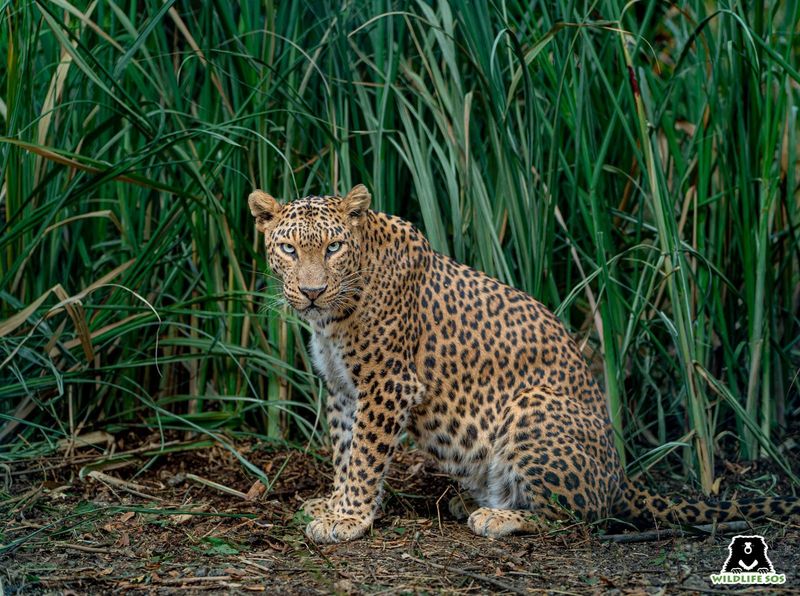
Incredible but true: some leopards in India’s sugarcane fields have developed a sweet tooth! They hunt wild boars that feed on sugar crops, ingesting meat that contains sugar compounds.
This dietary quirk emerged only after natural forests were converted to agricultural use, showing how habitat changes affect food chains.
13. Garbage Dump Gourmets
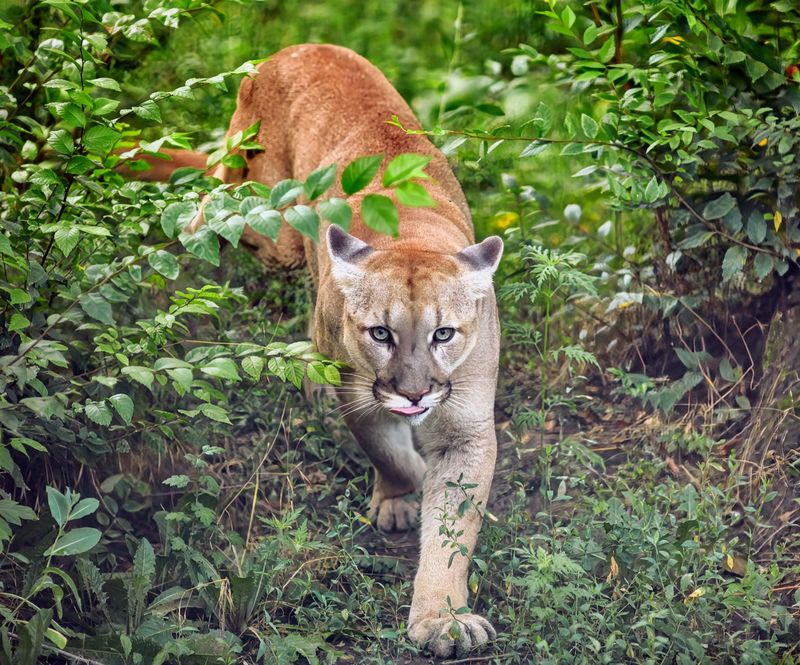
The ultimate adaptation? Some pumas near urban areas have been documented feeding at landfills. While not ideal nutrition, this behavior helps them survive when natural prey disappears.
These resourceful cats pick through human waste for meat scraps, demonstrating just how far big cats will go when habitats change.
14. Climate Change Meal Timing
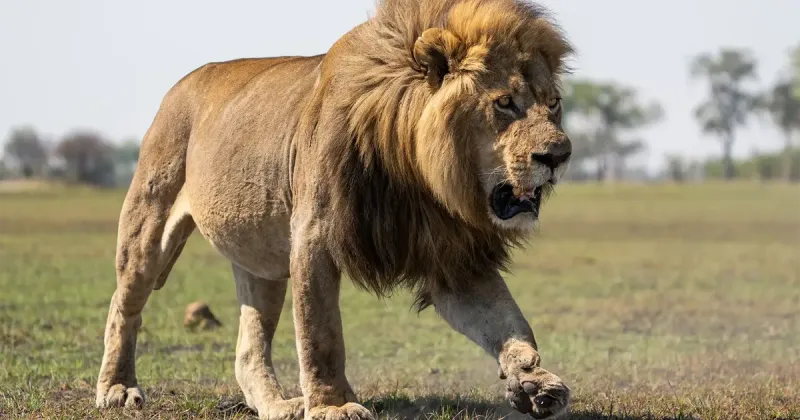
Rising temperatures are forcing big cats to shift when they hunt. African lions now hunt more at night in regions experiencing extreme heat waves, targeting prey when they’re active in cooler darkness.
This timing adjustment helps prevent dangerous overheating during chases while still meeting their nutritional needs.

